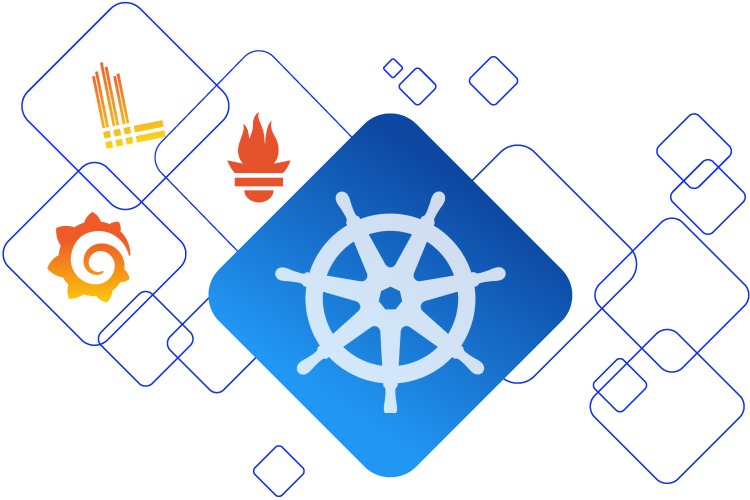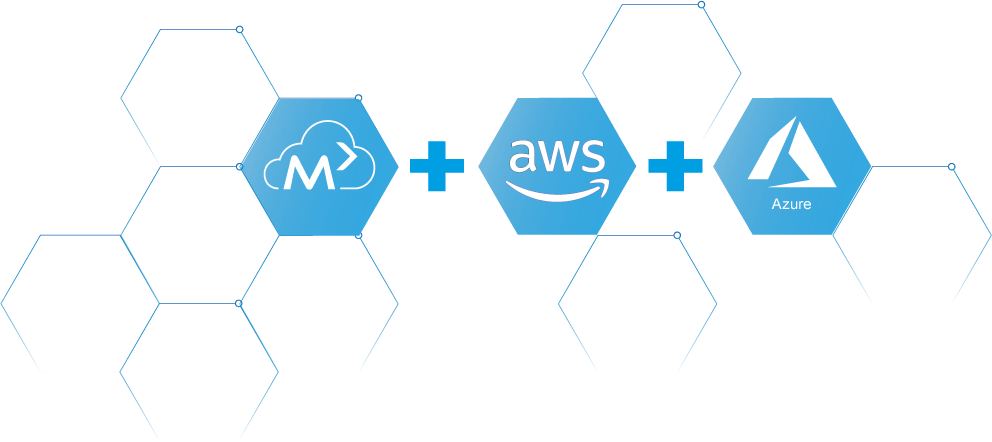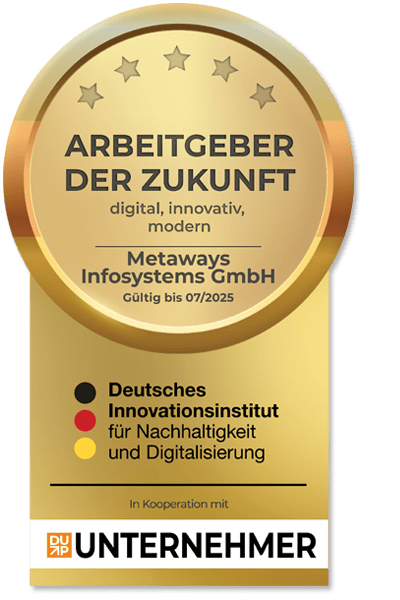FRONTEND
HOSTING
Managed Kubernetes cluster looking for frontend tenants
A modern frontend doesn’t have it easy. It should be high-performance, as component-based as possible, barrier-free, enable a seamless user experience on all devices, be scalable and secure, while offering a high degree of flexibility to quickly adapt to new circumstances – and all this in the public eye.
So there’s a lot to do – wouldn’t it be helpful if someone was just as passionate about the professional operation of the platform? That’s where Metaways comes in.

More freedom by separating paths
Separating the frontend and backend has become established in many large web projects. This results in many new options for the frontend due to fewer dependencies in development. Even the choice of technologies opens up new liberties: Whether React, Angular or vue.js – take your pick. With an API approach, components can be used or reused as required.
In agile projects in particular, the independence gained through parallel working and faster iterations provides a speed boost for development.
KaaS – no cheese!
Metaways relies on Kubernetes for hosting scalable frontends. The clusters are operated as Kubernetes-as-a-Service (KaaS). Metaways handles the operational responsibility and ongoing maintenance for Kubernetes, cluster services, logging, monitoring, operator and provides the frontend project with a suitable deployment pipeline. This allows the customer’s development team to concentrate fully on the maintenance and further development of the frontend.

Metaways KaaS = Flexibility
Choose a KaaS infrastructure that meets your technical requirements for the project, your compliance and your budget. Whether you prefer to have control over your data in one of our data centres in Hamburg or want the global orientation and scalability of a hyperscaler such as Amazon Web Services or Microsoft Azure – we offer you the right platform.
Special highlight: With Amazon Web Services and Microsoft Azure, we enable front-end operation using your existing contract with your preferred hyperscaler. The contractual sovereignty of the infrastructure remains with you and Metaways takes over the management and support of your Kubernetes clusters.


Continuous delivery
We take care of update management and container cycling for the services and operators in your Kubernetes cluster. For your continuous delivery tasks in the front-end application, we provide you with a git-based pipeline that enables you to build and deploy your containers. You can easily use your existing Git and Git Runner infrastructure for this. We are always on hand to help you customise and expand the CD pipeline to meet your individual requirements.
FAQ
Display none
1. independent development:
Through parallelism and specialisation, frontend and backend developers can work independently of each other and in their respective areas of expertise, which speeds up and improves development.
2. reusability:
Through API utilisation and modularity, frontend components and backend services can be reused more easily.
3. scalability:
Scaling and performance optimisation can be done independently to meet requirements faster.
4. flexibility:
Technology and framework selection and their adaptability become significantly greater and more flexible.
5. security benefits:
Isolation and security zones allow security measures to be better implemented and tailored to the backend and frontend.
6. maintainability and testability:
With separate maintenance as well as unit tests and integration tests, bugs and problems can be isolated and fixed specifically in the frontend or backend. Tests can also be developed and executed independently of each other.
7. user experience (UX):
Dynamic UI and client-side rendering can reduce loading times and improve the user experience.
What are the advantages of separating the frontend and backend?
1. independent development:
Through parallelism and specialisation, frontend and backend developers can work independently of each other and in their respective areas of expertise, which speeds up and improves development.
2. reusability:
Through API utilisation and modularity, frontend components and backend services can be reused more easily.
3. scalability:
Scaling and performance optimisation can be done independently to meet requirements faster.
4. flexibility:
Technology and framework selection and their adaptability become significantly greater and more flexible.
5. security benefits:
Isolation and security zones allow security measures to be better implemented and tailored to the backend and frontend.
6. maintainability and testability:
With separate maintenance as well as unit tests and integration tests, bugs and problems can be isolated and fixed specifically in the frontend or backend. Tests can also be developed and executed independently of each other.
7. user experience (UX):
Dynamic UI and client-side rendering can reduce loading times and improve the user experience.
At what interval does Kubernetes update management take place?
How is the technical separation of responsibilities in the Kubernetes cluster organised?
Can I extend the use of the Kubernetes cluster managed by Metaways?
How does Metaways support me in ongoing capacity and change management?
How does Metaways organise its collaboration with agency partners?
Advantages







Metaways
Infosystems
GmbH
Adresse
Pickhuben 2
20457 Hamburg
Deutschland
Telefon
+49 40 31 70 31-0

